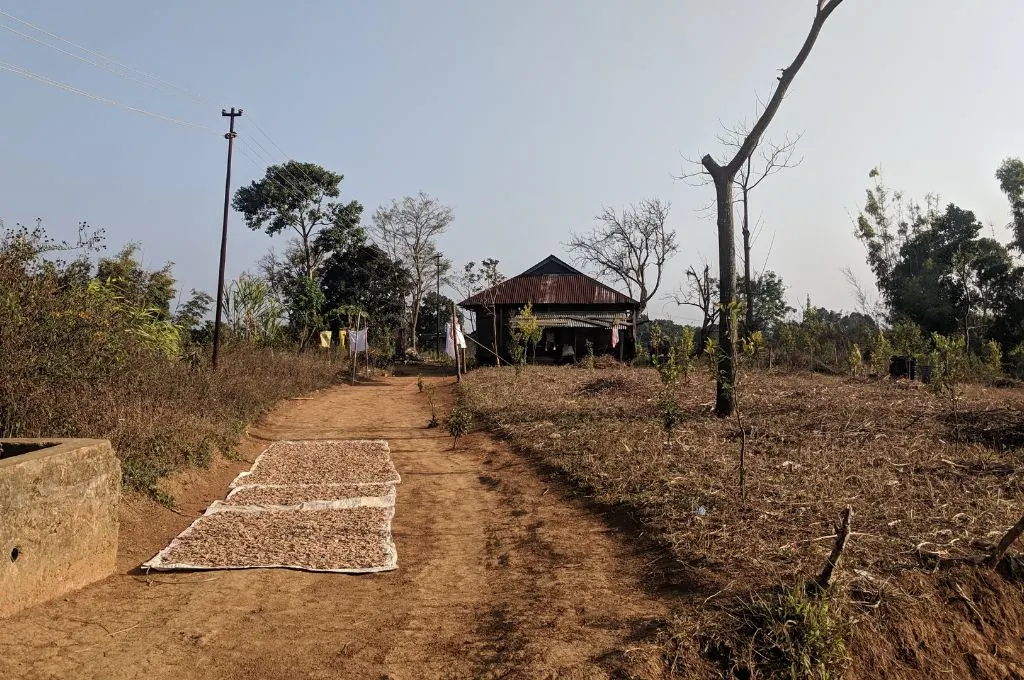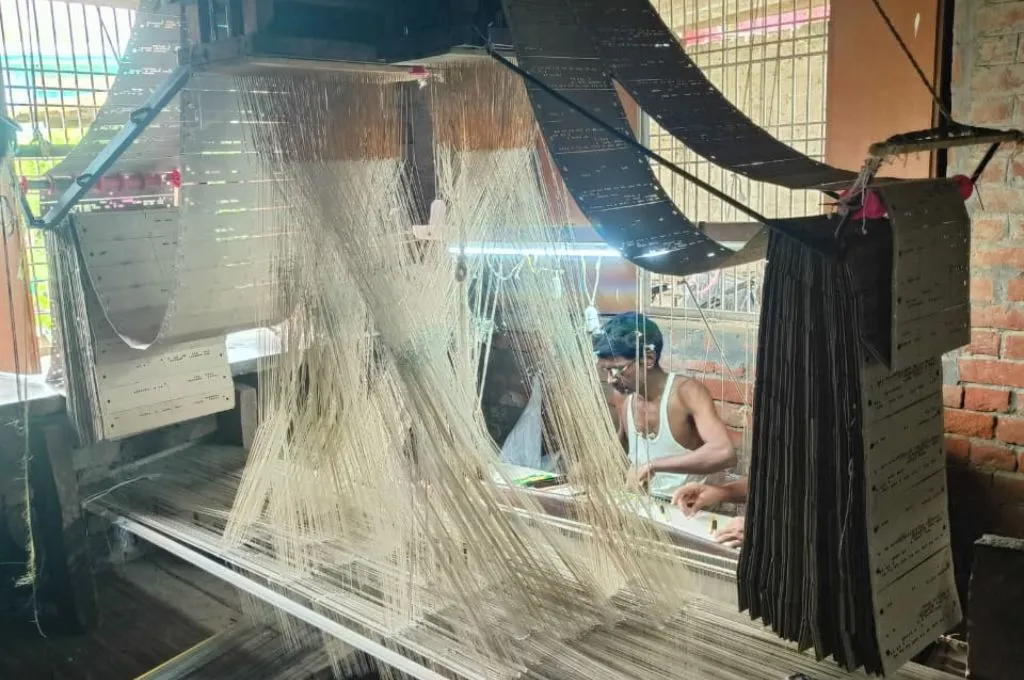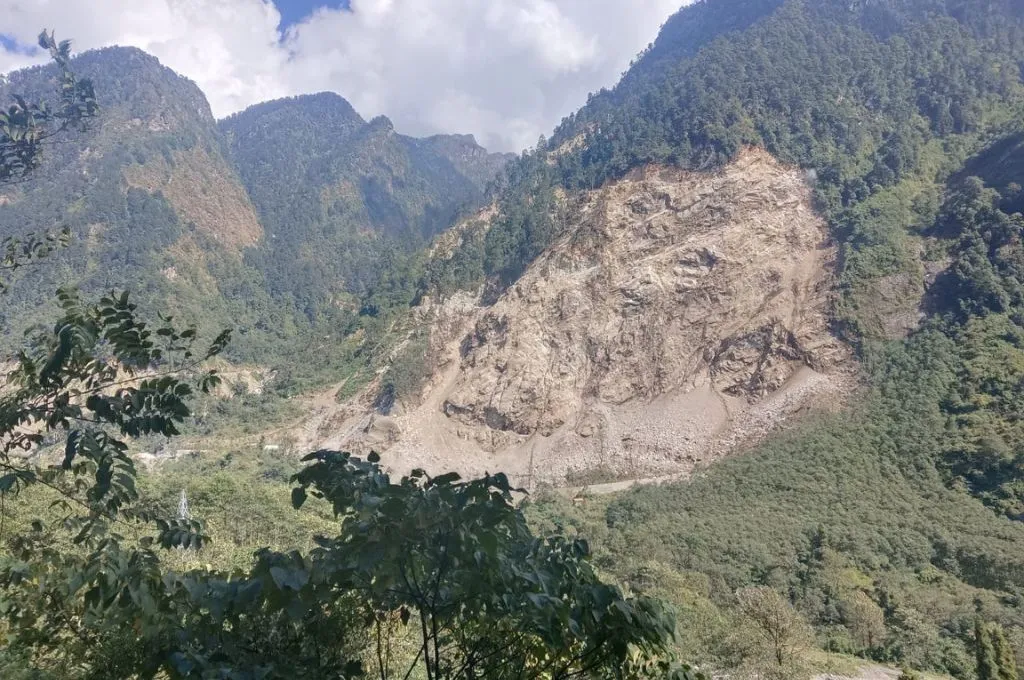Rural youth in Manipur return to an unfamiliar home

For the youth in rural Manipur, the search for livelihoods is cyclical—it takes them out of the village and eventually brings them back. In the remote areas of Tamenglong, Churachandpur, and Senapati districts, livelihoods are limited to traditional jhum cultivation, livestock rearing, timber cutting, and daily wage labour. For the past 15 years, young people have been leaving their villages to seek jobs in urban centres across the country.
“The youth have to go to cities because work in the village is scarce. They need to take care of the younger ones in their family, pay for their schooling, and manage the household,” says Aning, who migrated from Aben village in Tamenglong to earn money for his education.
Sunbird Trust works on education and livelihoods with rural communities in Manipur. During a baseline survey in early 2025, our team spoke with young people who had migrated to urban areas to understand why they left, and what brought them back.

“Most of the youth work in parlours or as waiters with minimal pay. It is hard to survive. The ones who know English can still work in showrooms,” says Aram, who spent a few years in Chennai before coming back. Salaries are not usually higher than INR 10–15,000 a month, although people who can speak English or have higher educational qualifications may be able to get better paying jobs.
Big cities offer a new way of life, but making ends meet is difficult. Pou Polah from Senapati’s Oinam Hill village was forced to return home during the COVID-19 pandemic in 2021, leaving his job at a hotel in Surat. “The salary was enough for me to live, but I couldn’t send money home; Surat was expensive.”
While some people get jobs in BPOs in Delhi, Chennai, and Bangalore, they find it difficult to secure promotions due to low levels of formal education. Most young people have either not finished their schooling or have only studied till class 12. In Aben, the village school only teaches students up to class 5. In Oinam Hill, the site of Operation Bluebird, the disruption caused to education and livelihoods has been experienced over generations.
After spending years away, young people struggle to adjust to life in the village. While jhum cultivation is a livelihood mainstay in the region, many are unable to take it up because they are unfamiliar with the skills and practices involved, such as when to burn the crops and how to control the fire.
“Young people mostly sit at home or sometimes get involved in daily wage work, which is also not regularly available,” says Aram. Aning adds, “Once the older ones return, their younger siblings go to the cities and then they send money back home.”

Amid these challenges, many young people have developed skills including tailoring, electrical work, carpentry, and farming. Access to capital and markets remains a challenge, but people haven’t lost hope. Aning says, “Over time, I began keeping livestock and nurturing my farm. Now, after eight years, some of my crops have started bearing fruit. I hope that in nine or 10 years my farm attracts a sponsor.”
Pratip Ganguly, K Richard Luihing, Md. Imran Thangloi, and Rinchuiba Bariamtak contributed to this article.
Parthona Phukan is a social media and communication associate at Sunbird Trust.
—
Know more: Learn how integrated farming is reducing inter-village migration among the Kuki-Zo community in Manipur.




